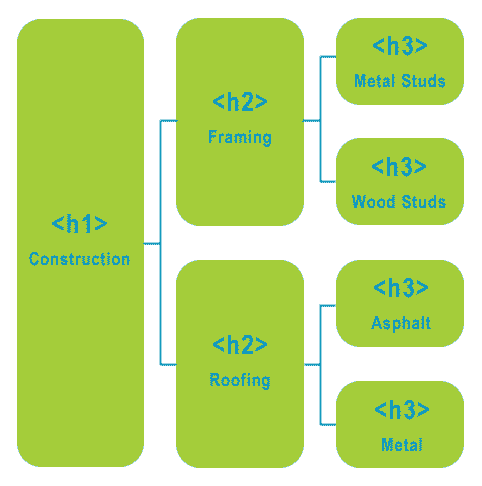The Detroit Zoological Society
The Detroit Zoo The Detroit Zoo has 125 acres of naturalistic habitats for more than 2,000 animals from anteaters to zebras and features award-winning attractions. At Real Big Marketing, we admire the stance taken by the Detroit Zoo; leading the way in wildlife conservation and animal welfare. Problems to solve The Zoo website was generally … Read more
